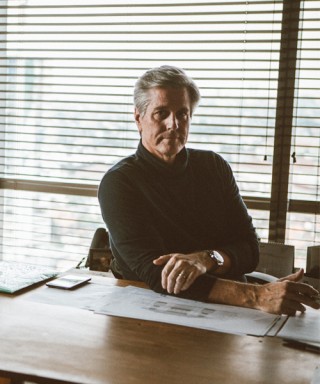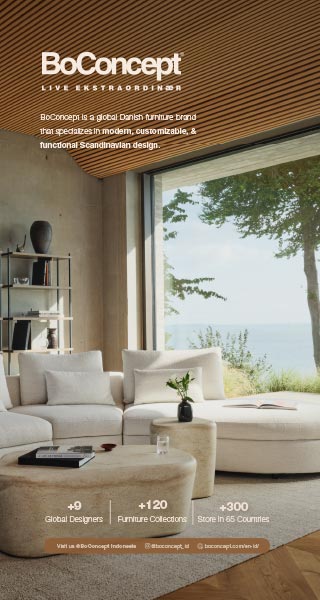
PIRELLI HANGARBICOCCA, MILAN – “BREATH GHOSTS BLIND” BY MAURIZIO CATTELAN
Published by Sugar & Cream, Thursday 05 August 2021
Text and images courtesy of Pirelli HangarBicocca
15 July 2021- 20 February 2022
Curated By Roberta Tenconi & Vicente Todolí
From July 15, 2021, to February 20, 2022, Pirelli HangarBicocca presents the exhibition “Breath Ghosts Blind” by Maurizio Cattelan. One of the world’s most renowned figures of the contemporary art scene, with his work the artist reveals the fractures in our everyday existence, depicting reality even in its most dramatic aspects.
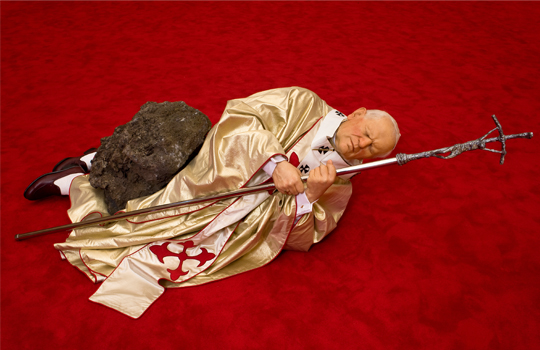 2001 MC, La Nona Ora 1999, Palazzo Reale, Sala delle Cariatidi, Milano 2010 Zeno Zotti
2001 MC, La Nona Ora 1999, Palazzo Reale, Sala delle Cariatidi, Milano 2010 Zeno Zotti
The exhibition marks Cattelan’s return to Milan after more than a decade. Conceived as a dramaturgy in three acts, the show develops around the works Breath, Ghosts and Blind, which also form its title. The narrative unfolds through emblematic references in the collective imagination: powerful representations that encourage reflections on the most disorienting aspects of the present times as well as on existential concerns, from the meaning of life to the inevitability of death.
Curated by Roberta Tenconi and Vicente Todolí, the exhibition has been conceived as a dramaturgy in three moments following the spaces of Pirelli HangarBicocca, and symbolically representing the cycle of life from birth to death. The exhibition title encompasses the three works on display, from the new sculpture Breath (2021) to the reconfiguration of the artist’s historic intervention featuring pigeons at the 1997 Venice Biennale, which is now presented under the title Ghosts (2021), and the monumental installation Blind, produced for this occasion (2021).
Held in a somber and solemn context, “Breath Ghosts Blind” offers visitors an immersive and emotional experience through the most meaningful aspects of human life, conveying contrasting feelings like grief and love.
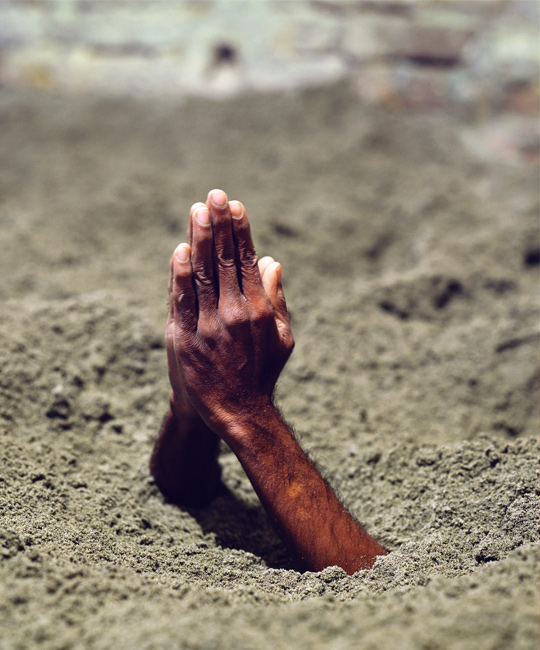
Maurizio Cattelan Mother 1999 photo Attilio Maranzano
“Maurizio Cattelan’s work transforms a story or a feeling into a visual and spatial experience. For the exhibition in Pirelli HangarBicocca, the artist has turned the entire architecture of the museum into a psychological environment: in keeping with the sequence and nature of the three exhibition spaces—the Piazza, the Navate and the Cubo—the works are presented like scenes in a film or acts in a play, as if putting them together amplifies their meaning,” states Vicente Todolí, Pirelli HangarBicocca’s Artistic Director and co-curator of the exhibition.
“Breath Ghosts Blind” deals with existential questions that affect us all, the cycle of life from birth to death. These are Maurizio Cattelan’s obsessions, and his works are antennas synchronized with the world, able to catalyze our experience of history, even when it concerns dramatic events,” explains Roberta Tenconi, Curator of Pirelli HangarBicocca and co-curator of the exhibition.
“Art deals with the same themes from the beginning of human history: creation, life, death. This is intertwined with the ambition of each artist to become eternal through their work. Each artist is confronted with the two sides of the coin: a sense of omnipotence and a sense of failure. It is a rollercoaster of exhilarating elevations and very steep descents. As painful as it is, the second part is also the most significant. Like all the exhibitions that preceded it, this exhibition is the concentration of all these elements.” says Maurizio Cattelan.
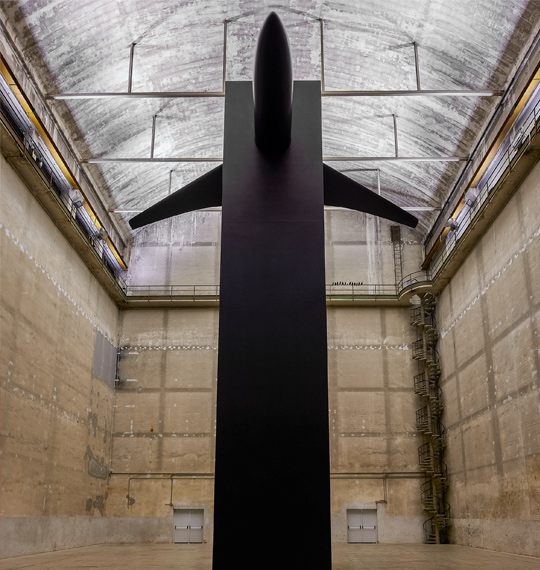
Pano
The exhibition begins with Breath in the Piazza. Made of white Carrara marble, the sculpture represents a man in a fetal position and a dog, both lying on the ground facing each other. The composition creates an intimate scene, in which the life-size scale of the figures, though resonating with the monumental spaces of the Piazza, maintains a sense of introspection and fragility.
The use of marble, quintessential material in ancient sculpture, confers the work an aura of sacredness and timelessness. For the first time in Cattelan’s work, the human figure—which here could suggest those who live on the fringes of society, portrayed by the artist in earlier works, such as Andreas e Mattia (1996) and Gérard (1999)—is here associated with that of an animal. This subject is a recurring trope in Cattelan’s work and is often used to suggest the idea of death and its inevitability, as in the case of Love Saves Life (1995), a taxidermied dog, cat and rooster on top of a donkey, or Untitled (2007), with a taxidermied chick with two Labradors. In Breath both figures share a vital function, “breathing,” recalled in the title, which also marks the generative moment of every cycle of life.
The vastness of the Navate hosts Ghosts, a new version of a historic work. Originally presented at the 47th and 54th Venice Biennale with the titles Tourists (1997) and Others
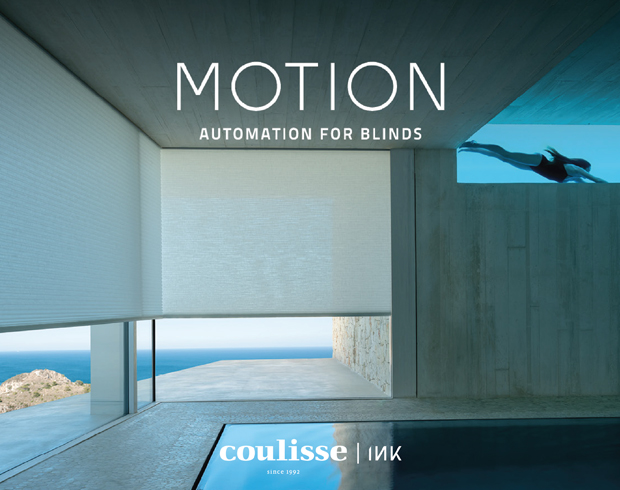
Presented by Coulisse | INK
(2011) respectively, Ghosts features countless taxidermied pigeons, camouflaged in the architecture of the former industrial building. Their presence on the beams and in the nooks of the traveling crane becomes apparent only as visitors move into the space, and generates a sense of estrangement and restlessness.
The third and final act of the exhibition takes place in the Cubo and is gradually revealed to visitors arriving from the Navate. Made of black resin and composed of a monolith intersected by the silhouette of an airplane, Blind takes the form of a memorial with a destabilizing iconography. The work is an outcome of Cattelan’s ongoing reflection on history, initiated with artworks like Untitled (1994) and Now (2004), that respectively refer to the kidnapping and execution of the Italian politician Aldo Moro in 1978 and the assassination of John F. Kennedy in Dallas in 1963. Blind continues the artist’s exploration of the theme of death, a constant in his practice, evinced in such works as All (2007), made of nine marble sculptures representing anonymous corpses each covered by a sheet.
With the work Cattelan appropriates an image that has become part of the common iconographic repertoire—the attack on the World Trade Center in New York on September 11—and transforms it into a symbol of collective loss and pain. Similarly to other monuments that commemorate historical tragedies, like Peter Eisenman’s Holocaust Memorial (2005) in Berlin, Blind combines figuration and abstraction to create a different concept of memorial. Taking a dramatic event as his starting point, Maurizio Cattelan reflects on the violence of a moment in recent history, transfiguring it into a moment of encounter.

2010b Maurizio Cattelan, L.O.V.E. 2010, Piazza degli Affari, Milan, photo zeno zotti
The lighting of the exhibition “Breath Ghosts Blind” has been conceived together with Pasquale Mari, a renowned light designer and director of photography who works in cinema, theatre and art.
During his thirty-year career as an artist, Maurizio Cattelan (Padua, 1960) has staged actions that are often considered provocative and irreverent, and produced works that draw attention to the paradoxes in contemporary society.
His artistic practice began in a period of great political and social tension in Italy. Initially creating design objects, Cattelan realized his first works of art in the late 1980s and early 1990s. He immediately revealed a particular interest in the inconsistencies and fractures of contemporary society, encompassing the contradictions of petty-bourgeois life, as in Lessico familiare [Family lexicon] (1989), and racial tensions in works such as Stadium (1991).
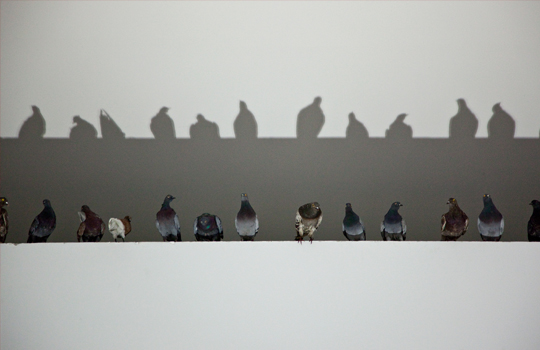
Maurizio Cattelan, Other 2011, 54 Biennale di Venezia, photo Zeno Zotti
During the 1990s, Maurizio Cattelan’s art focused on a multitude of topics, from the desecration of the art system to Italian identity and the country’s history. After moving to New York, Cattelan became one of the most influential figures on the international scene of his generation and produced some of his most well-known works. These include Novecento [Twentieth century] (1997), the emblematic horse that hangs from the ceiling, self-portraits that take on the idea of failure, such as Charlie Don’t Surf (1997), and the installation Lullaby (1994), composed by rubble from the 1993 terrorist attack that killed five people and nearly destroyed the PAC, the contemporary art pavilion in Milan.
Over the years, the artist’s ability to combine traditional iconography with themes considered taboo has led to the creation of emblematic works, such as La Nona Ora [The Ninth Hour] (1999), with its complex representation of sacredness and grief, Him (2001), a profound reflection on evil and power, and the installation Untitled (2004) in Piazza XXIV Maggio in Milan, which portrayed the tacit acceptance of the intrinsic violence in contemporary society. One of his most significant interventions are the monumental public sculpture L.O.V.E. (2010) in front of the Milan stock exchange and the irreverent 18-karat gold sculpture America (2016).
Maurizio Cattelan’s work deals with the most compelling questions faced by human beings and investigates universal themes like death, love, fate, loneliness, absence and failure both individually and collectively. For the artist, in addressing existential issues, art is a tool for reflection, thus creating works open to multiple interpretations. The starting point for each artwork is always an image.
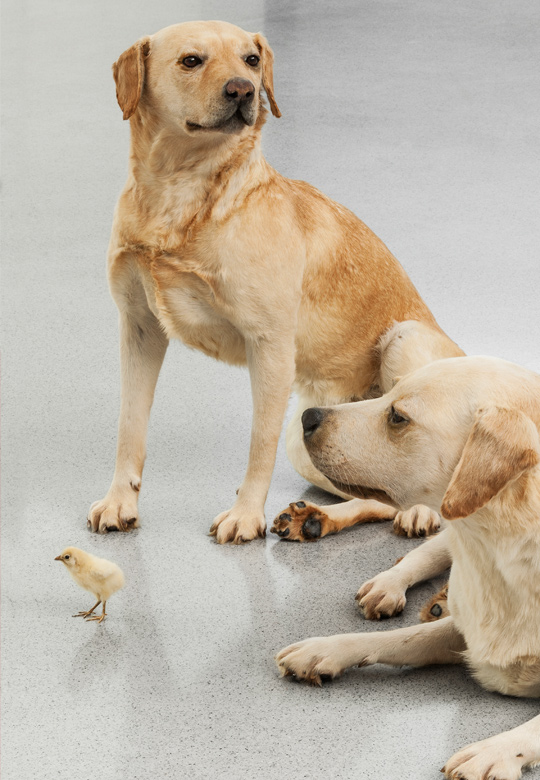
2007 Maurizio Cattelan, Untitled, 2007 photo Zeno Zotti
Drawing on reality and the world around him, he ponders the effect provoked by certain images and the reasons that underlie the apparent acceptance of ambiguous and disturbing situations: “Images have the power to summarize the present and possibly transform it in anticipation of the future,” he has declared. “Perhaps my work is just a magnifying glass that allows us to see the hidden details of reality.”
Through a meticulous process of selection and editing, he condenses issues and references into a single, new and iconic image. Ambivalent in meaning, this then provokes questions, reflection and tensions that challenge the present we are living in.
Maurizio Cattelan’s artistic research highlights the fractures and vulnerability that underlie the apparent order of reality. The resonance of his projects becomes part of the works, involving both the public and the media in a discussion that arises a sense of collective participation. Without ever adopting an ideological or moral position, the works of Maurizio Cattelan often ‘re-establish the tragic complexity of the banal.’
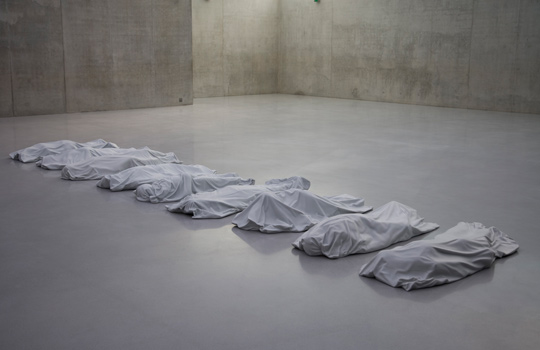
Maurizio Cattelan, All, 2007 photo Markus Tretter, KUB Bregenz
 3.45K
24/12/2025
3.45K
24/12/2025
A SIEGER CHRISTMAS: GIFTS OF JOY, SPARKLE & ELEGANCE
This Christmas, SIEGER presents a curation of playful yet timeless treasures — from star-studded tumblers to golden porcelain teapots — gifts that...
read more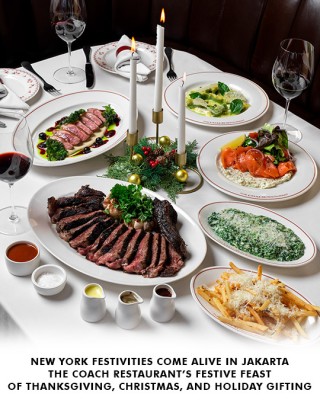 1.34K
24/12/2025
1.34K
24/12/2025
NEW YORK FESTIVITIES COME ALIVE IN JAKARTA: THE COACH RESTAURANT’S FESTIVE FEAST OF THANKSGIVING, CHRISTMAS, AND HOLIDAY GIFTING
Celebrate the most dazzling season of all — The Coach Restaurant Jakarta invites you to taste the wonder of the season, the New York way.
read more 10.98K
03/12/2025
10.98K
03/12/2025
LIVING DIVANI ILLUMINATES THE FESTIVE SEASON IN SHADES OF DEEP RED AND LUMINOUS SILVER
Living Divani illuminates the festive season in shades of deep red and luminous silver, reimagining its iconic designs with festive radiance.”
read more 10.67K
26/11/2025
10.67K
26/11/2025
MOROSO AT ARTVERONA 2025: DESIGN AS DIALOGUE
Design as language – Moroso’s presence at the heart of ArtVerona’s 20th Edition
read more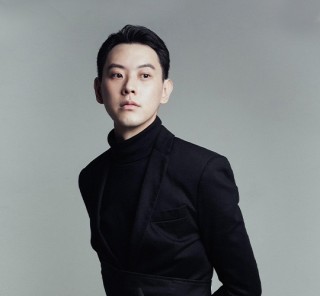 81.55K
10/01/2025
81.55K
10/01/2025
W RESIDENCE IN SOUTH JAKARTA BY MICHAEL CHANDRA
Michael Chandra, founder of MNCO Studio Design has created the W Residence with an aesthetically pleasing, practical, and pleasant home from all...
read more 44.44K
11/07/2025
44.44K
11/07/2025
PELUNCURAN PERDANA LEGANO HOME MENGGANDENG AGAM RIADI DI ST REGIS RESIDENCE JAKARTA
Peluncuran perdana LEGANO HOME menggandeng Agam Riadi di St. Regis Residence Jakarta: menyatukan kemewahan dan jiwa dalam sebuah ruang.
read more




